- Learning time
- 40 minutes
- First play time
- 120 minutes
In The Year of the Dragon
Designed by: Stefan Feld
In the Year of the Dragon takes one of the most disaster-laden years of Chinese history and sees you, the players, as Princes of the time trying to manage the terrible events that befall you and your people.
The game is played over 12 rounds, with each round representing a month of the year. At the end of each round there will be an event – you can see what these are as the event tiles are laid out randomly at the start of the game. Most of them are bad.
Each player begins with a bit of money and a deck of cards, which show people. There are matching people tiles that during the game you’ll be playing your cards in order to pick up. Each round breaks into four simple phases – take an action, play a card, take a person tile, score points. Your long-term goal is to end the game with the most points, but your short term goal is to negate the events as much as possible, and the people tiles help you with that. Droughts , Mongols, Contagions and so on all have a person tile that will limit their potential damage. But – if someone has already taken a certain person this round, you have to pay money to do the same. Turn order is everything in this game: going first means your actions are free, but being in pole position on the turn order track takes work – work that will detract from keeping the events at bay. And as well as juggling those, you also need to make sure you build enough palaces to house all your people. More palaces mean you can have more people under your control – but palaces are built in levels, and at the end of each round each palace that has no people in it loses a level: this may mean your palace disappears entirely.
The end of each round has scoring opportunities. After the 12th and final round, there are end-game scoring for certain people, and the player with the most points wins.
The guru's verdict
-
Take That!
Take That!
Fire! Disease! Invaders! The whole game is a desperate fight against the ravages of fate. But at least it's mostly the game that does for you, rather than your opponents. That said, you can play sneakily and block money-poor players out of the actions they need...
-
Fidget Factor!
Fidget Factor!
Because of the way the phases play out, players may have to come up with Plans B or C at short notice. There can be momentary lulls.
-
Brain Burn!
Brain Burn!
There's a bunch of stuff to juggle - not least the events. Do you take a hit now from the drought but plan to negate the Mongols when they arrive in June? Or is there a way to limit the damage on both?
-
Again Again!
Again Again!
It's always brutal, but the event cards ensure the game doesn't play out the same way. And the smallest changes in strategy from one player will change the complexion of the whole game.

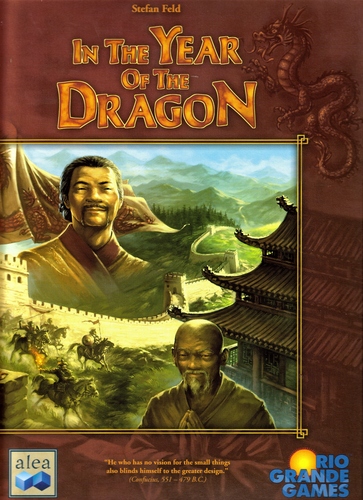
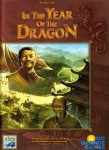
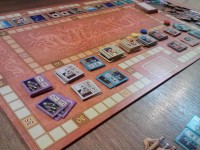
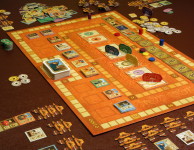
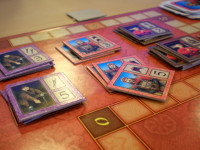


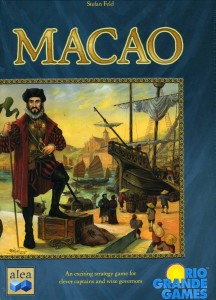

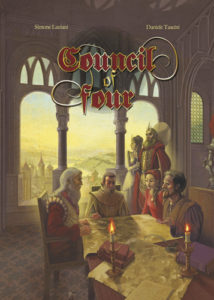
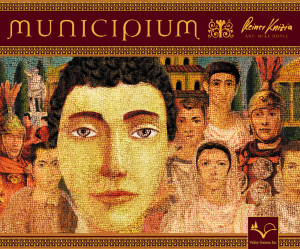
Sam says
Oof! You can come out of a game of Dragon feeling battered and bruised. It's really not a forgiving experience. This designer is often accused of allowing the mechanics of a game to completely overwhelm (or ignore) the alleged theme, but in this instance although palace levels and turn order were probably the least of the contemporary worries of medieval China, the sense of disaster is all-pervading. For me personally, that doesn't shout out *fun* (things-going-wrong as a games mechanic should mean a shorter game in my eyes) but what it does do, it does very well.